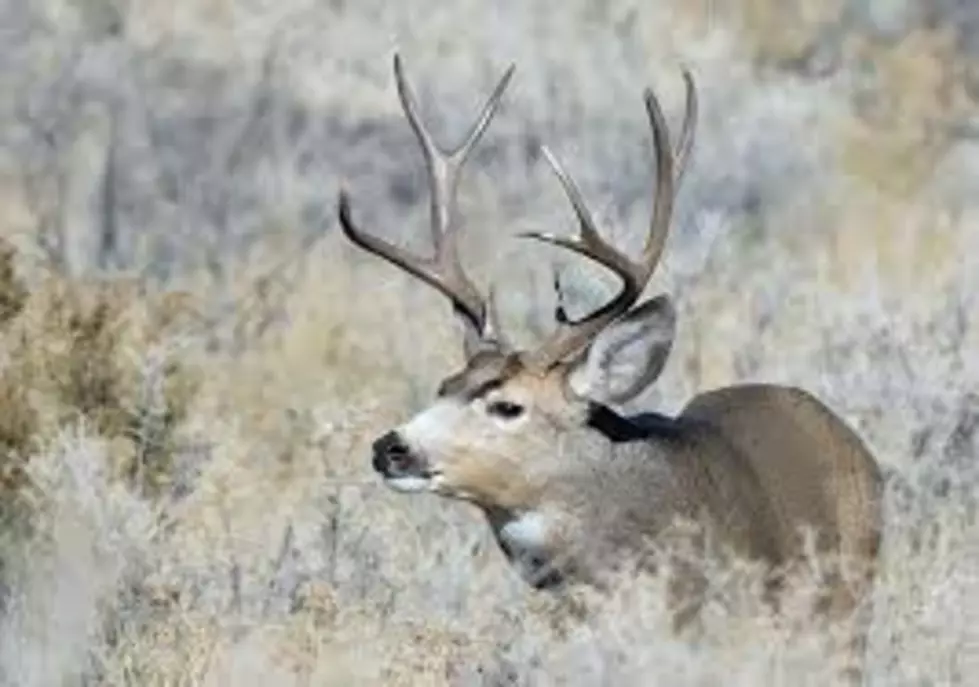
Unless The Name Is Bullwinkle, You Would Do Best To Avoid A Moose In Utah
Encountering a moose on a hike in Utah can be both exhilarating and potentially dangerous. With between 2,500 and 3,000 moose residing in the state, it's crucial to understand how to avoid conflicts if you come across one, particularly in forested areas along the Wasatch Front and in northern and northeastern regions.
These majestic creatures, the largest members of the deer family, can weigh between 600 to 1,000 pounds and stand up to 6 feet tall at the shoulder. Despite their seemingly docile nature, moose can become aggressive when they feel threatened. In fact, wildlife agencies report more injuries from moose encounters than bear incidents annually in some regions.
Understanding moose behavior is key to avoiding confrontations. Cows, especially when with calves in late spring and early summer, can be defensive. Bulls, during the fall breeding season, are more territorial and aggressive. Dogs, viewed as natural predators, can trigger aggressive behavior from moose.
Signs of potential aggression include a lowered head, raised neck hair, licking of the snout, and pinned-back ears. If you encounter a moose, maintain a safe distance, never approach or feed them, and keep dogs leashed as per Utah law.
Remaining calm and slowly backing away while making your presence known is crucial. If charged, seek cover behind a solid object or attempt to enter a vehicle or building. If knocked down, curl into a ball, protect your head, and remain still until the moose retreats.
Reporting moose sightings in lower-elevation or urban areas is important for relocation by wildlife authorities. Attempting to approach or move moose from these areas can be perilous due to their aggressive nature, especially around dogs.
By respecting the space and behaviors of these magnificent animals, hikers can safely enjoy Utah's wilderness while minimizing potential conflicts with moose. For more detailed safety guidelines, visit the Wild Aware Utah website.
When Moose Kill
Gallery Credit: Ryan Antoinette Valenzuela
More From KSUB 590/107.7









